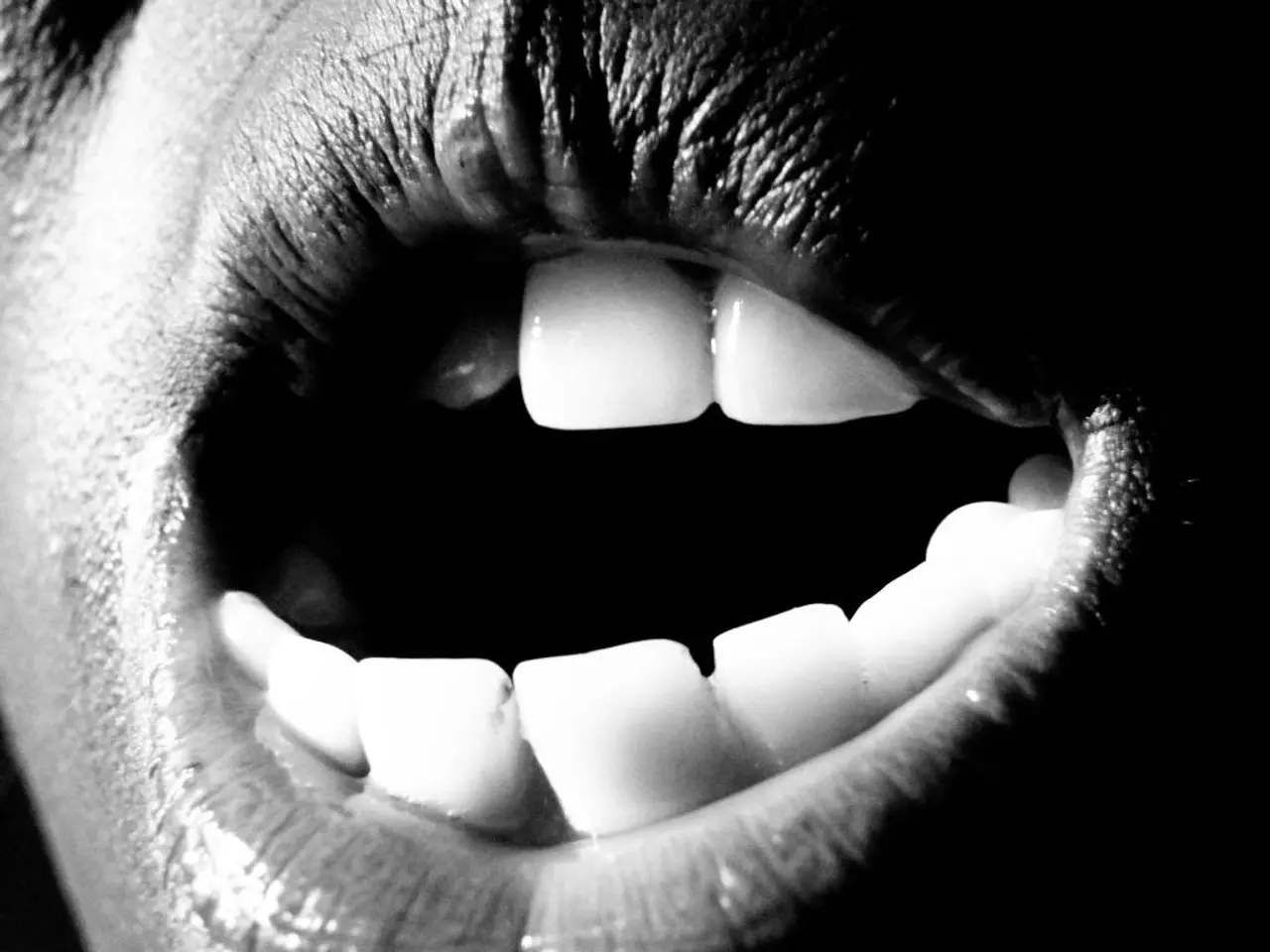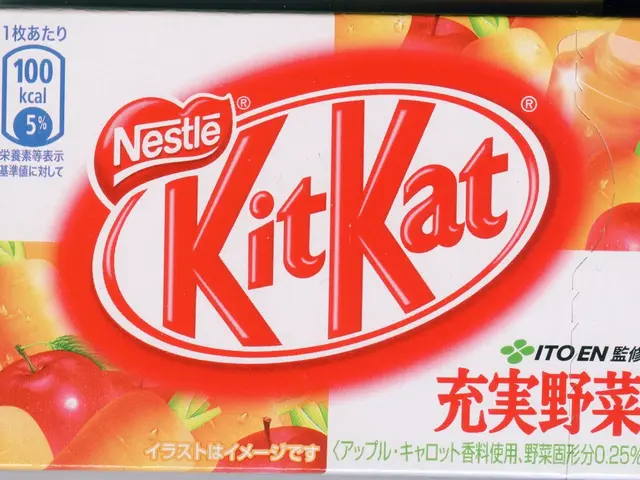Kid mouth ulcers: Signs and remedies
================================================================================
Canker sores, also known as recurrent aphthous stomatitis (RAS), are a common affliction in children. Although their exact prevalence rates vary, they primarily affect children and young adults [3].
Symptoms of canker sores are easily recognisable. They appear as painful, small, round or oval ulcers inside the mouth, with a white or yellowish centre and a red halo surrounding the ulcer [4]. These sores typically occur on inner cheeks, tongue, lips, roof of the mouth, and gums. They can cause discomfort, especially when eating or speaking, and usually heal within 1 to 2 weeks on their own [4].
The causes of canker sores are not fully understood, but multiple factors are believed to contribute. These include minor injuries or trauma such as biting the inside of the cheek or teething in babies, nutritional deficiencies (iron, folate, vitamin C, vitamin B12), viral infections like coxsackie virus or cytomegalovirus, autoimmune conditions such as celiac disease or systemic lupus erythematosus, hormonal changes, stress, and acidic foods [2][4].
Diagnosis is primarily clinical, based on the appearance and location of sores. Doctors distinguish canker sores from other oral lesions like cold sores (which appear on the lips and start as fluid-filled blisters) or mouth cancer. Severe, recurrent, or unusually large ulcers may require further investigation to rule out systemic diseases [2][4].
Treatment options focus on symptom relief. Topical treatments such as mouthwashes, gels, or ointments can help reduce pain and inflammation. Antiseptic gels and medicated mouthwashes can prevent secondary infection. In severe cases, immunosuppressant medications may be prescribed [4].
Oral medications for canker sores can include over-the-counter (OTC) medications such as acetaminophen (Tylenol) and oral corticosteroids like prednisone (Rayos) [4]. Children may need medical attention if the sore does not heal, inflammation is severe, they have large or multiple sores, experience other symptoms alongside the ulcer, sores recur very often, or if sores persist for a long time [4].
Minor canker sores are the most common type, accounting for about 80% of cases. Major and herpetiform canker sores are less common [4]. Treatment options for canker sores can include mouthwashes containing triclosan and chlorhexidine, topical medications, oral medications, and cauterization [4].
In conclusion, canker sores are quite common in children and generally not serious. However, persistent or severe cases should be evaluated by healthcare providers.
References: [2] GoodRx (2025) [3] Nature article (2025) [4] TrueMeds (2025)
Pete, a patient, mentioned his recent experience with a blocked pathway in his skin due to a non-digestive ulcer, which he believed could be a canker sore. He's been avoiding acidic food and stressing about it, hoping for a quick recovery. After reading a science article from Nature, he decided to consult his doctor for a proper diagnosis given the persistence and size of the ulcer. He's also interested in exploring various treatment options, particularly medical-conditions like celiac disease, since he's been experiencing hormonal changes lately. He's also keen on discussing mental-health aspects as he believes stress could be a significant cause. He also inquired about Pfizer's recommended skin-care products to aid in his overall health-and-wellness journey.




